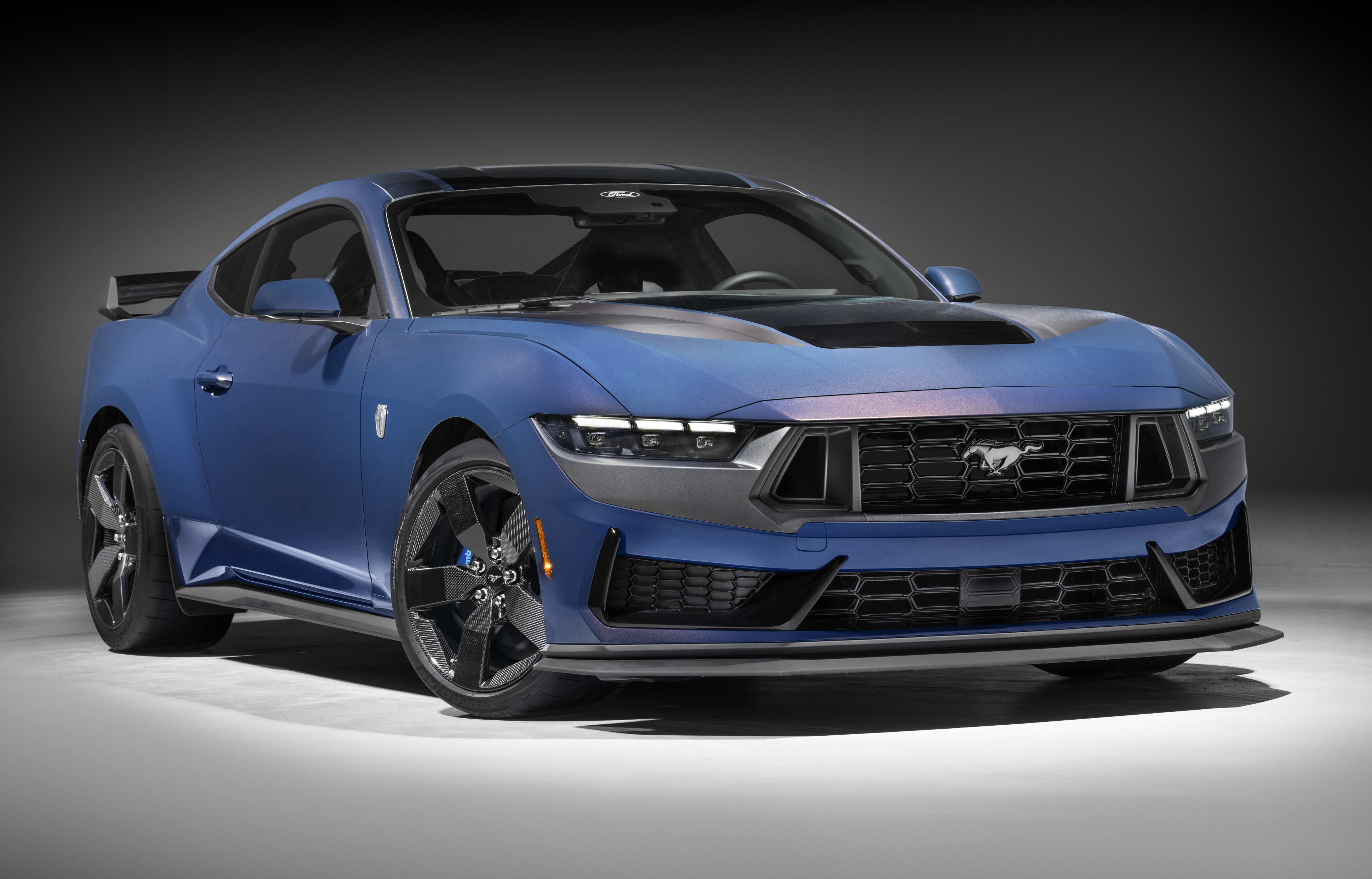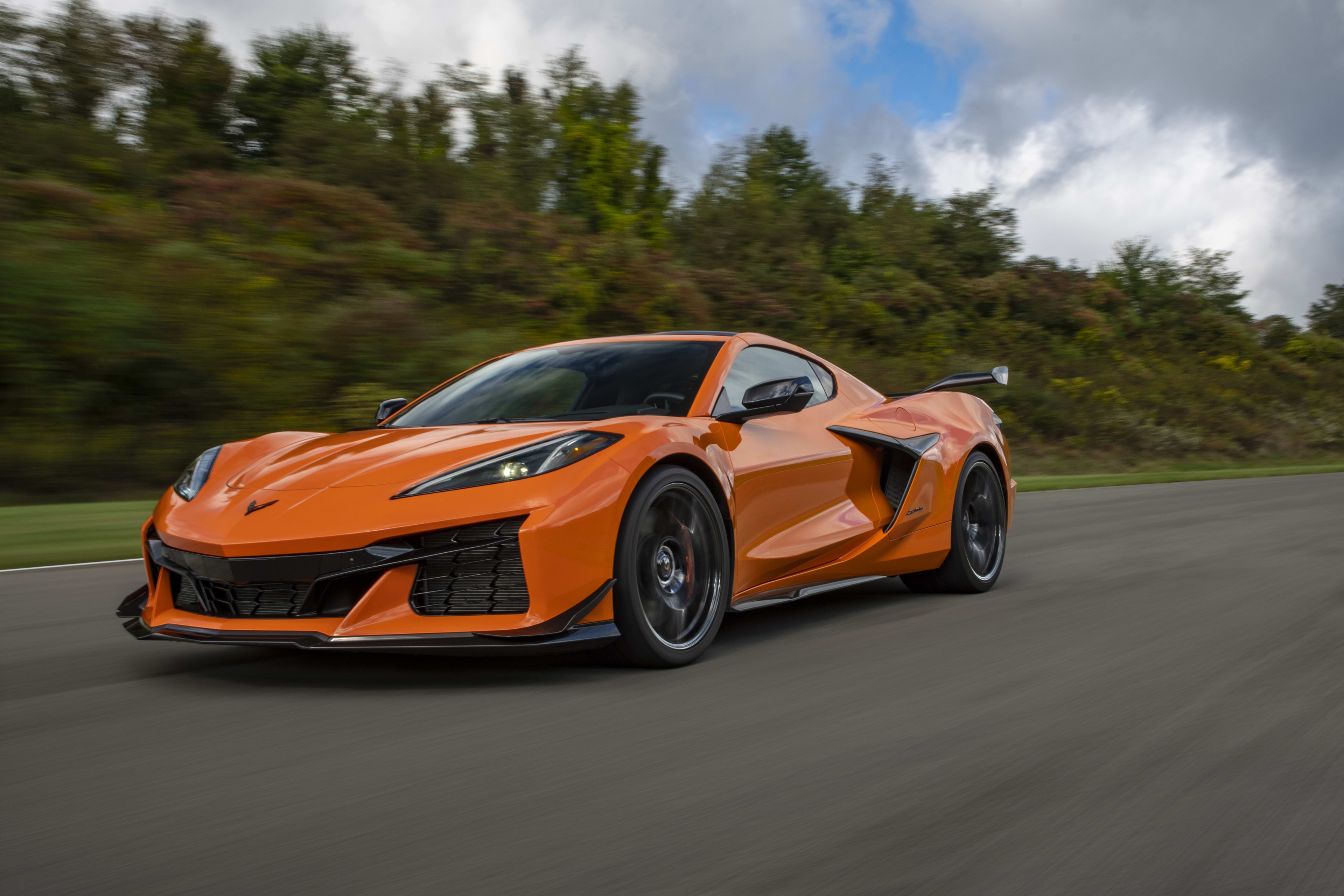GM Sketch and Trademark Filing Hint at 2026 Chevrolet Camaro Comeback, Possibly with Corvette-Derived V8
Hopes for the return of the Chevrolet Camaro nameplate have been reignited following a revealing sketch from GM Design and a new trademark filing in September 2025, hinting that a seventh-generation muscle car could be in the works for 2026. Contrary to earlier rumors of an electric sedan or crossover, this new Camaro appears to be going “back to its roots,” maintaining an aggressive, futuristic yet familiar silhouette with sleek LED headlights and front fender vents. The most exciting speculation points to the 2026 Camaro possibly borrowing the Corvette Z06’s naturally aspirated 5.5-liter LT6 V8 engine, offering around 670 horsepower, blending traditional V8 performance with hints of modern practicality.

Camaro Comeback: A New Chapter for the Muscle Car
Despite production ending in January 2024, signs point to a potential revival of the iconic Camaro.
- Renewed Hopes: A new sketch revealed by GM Design and a trademark filing in September 2025 have “rev[ved] up hope that the Camaro could still be in Chevy’s plans for next year.”
- 2026 Debut? Speculation suggests a seventh-generation Camaro might indeed be in the works for 2026.
- Design Language: The sketch showcases a design that “beautifully merges raw muscular road presence, along with a futuristic yet familiar aggressive silhouette.” It features sleek new LED headlights and “fish gills” (vents on the fenders), hinting at a “little lower and broader” stance than the 2024 model.
- Back to Roots: This potential return would see the Camaro remaining “true to its internal combustion roots for the time being,” against earlier rumors of it transforming into a crossover or sedan, aligning with GM’s current focus.
- Practicality: GM President Mark Reuss previously hinted at a mass-market approach, offering “a little bit of functionality,” suggesting practicality could be key alongside performance.

Powertrain: A Corvette-Derived V8?
While details are scarce, the most exciting rumors revolve around the heart of the new Camaro.
- Corvette Z06 Engine: The 2026 Camaro “could borrow the Corvette Z06’s naturally aspirated 5.5-liter LT6 V8.”
- High Performance: Mated to an 8-speed dual-clutch automatic transmission, this engine makes around 670 horsepower, propelling the Z06 from 0 to 60 mph in 2.6 seconds and covering the quarter mile in 10.6 seconds at 131 mph.
- Rivalry: The new Camaro would traditionally rival the Ford Mustang Dark Horse (5.0-liter V8, 500 horsepower) and the Dodge Challenger Hellcat. In its electric form, it would compete with the 670 hp dual-motor electric Dodge Charger Daytona. There will also likely be “some sibling rivalry” with the Corvette.



Why the Next-Generation Camaro Matters
The potential return of the Camaro holds significant meaning for muscle car enthusiasts.
- Reviving the Segment: The 2026 Chevrolet Camaro is “set to revive the muscle car segment, possibly for the last time,” as the industry shifts towards electrification.
- Balancing Act: Taking inspiration from the Corvette, it aims to offer “traditional V8 performance combined with modern practicality.”
- Delivering Experience: It promises to deliver the “raw driving experience muscle car fans love while meeting contemporary demands,” balancing power, style, and usability.
- Symbol of Heritage: The new Camaro would serve as a “symbol of American muscle heritage.”
Final Thoughts
The buzz surrounding a potential 2026 Chevrolet Camaro comeback, fueled by GM Design’s sketch and a new trademark, offers a thrilling prospect for muscle car aficionados. If reports hold true, a Camaro with a Corvette-derived V8 engine that marries raw power with modern practicality would be a strategic move by GM to honor its performance heritage while adapting to evolving market demands. This could be a pivotal moment for the muscle car segment, offering a final, powerful hurrah before the industry’s full pivot to electrification. The iconic Camaro nameplate might not be dead after all, but poised for an exciting, albeit potentially temporary, return to its high-octane roots.




Pingback: 2026 Porsche Macan GTS Electric Debuts: 563 HP, 3.6 Sec 0-60, Best Handling, Priced At $103,000 - Mechhelp
Looks like they are following Fords plan. Make it barely retro except for a Camaro badge on the fender. Cram it full of shite a true fan doesn’t want. Put a fast V8 in it and about a 60-70 k price tag which makes it not in working mans or woman’s budget.
For that money friends you could find a 67-69 Camaro, put some money in it and drive the wheels off of it!
I have my 85 Mustang gt vert and it is a 10 on the cool factor! Park a new one next to it and mine will get most of the looks. Do you need space-age crap and 2.8 sec 0-60. I can do it in about 5.5 for whole lot less money.
I love retro Camaros, which I will also own one day.